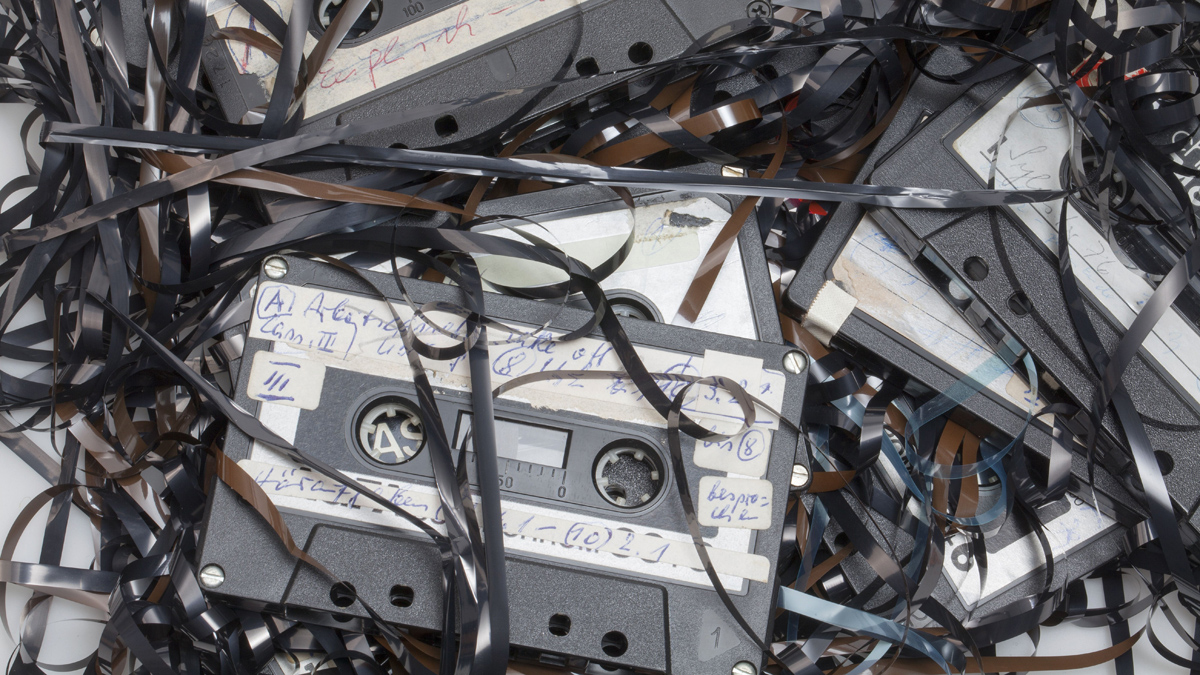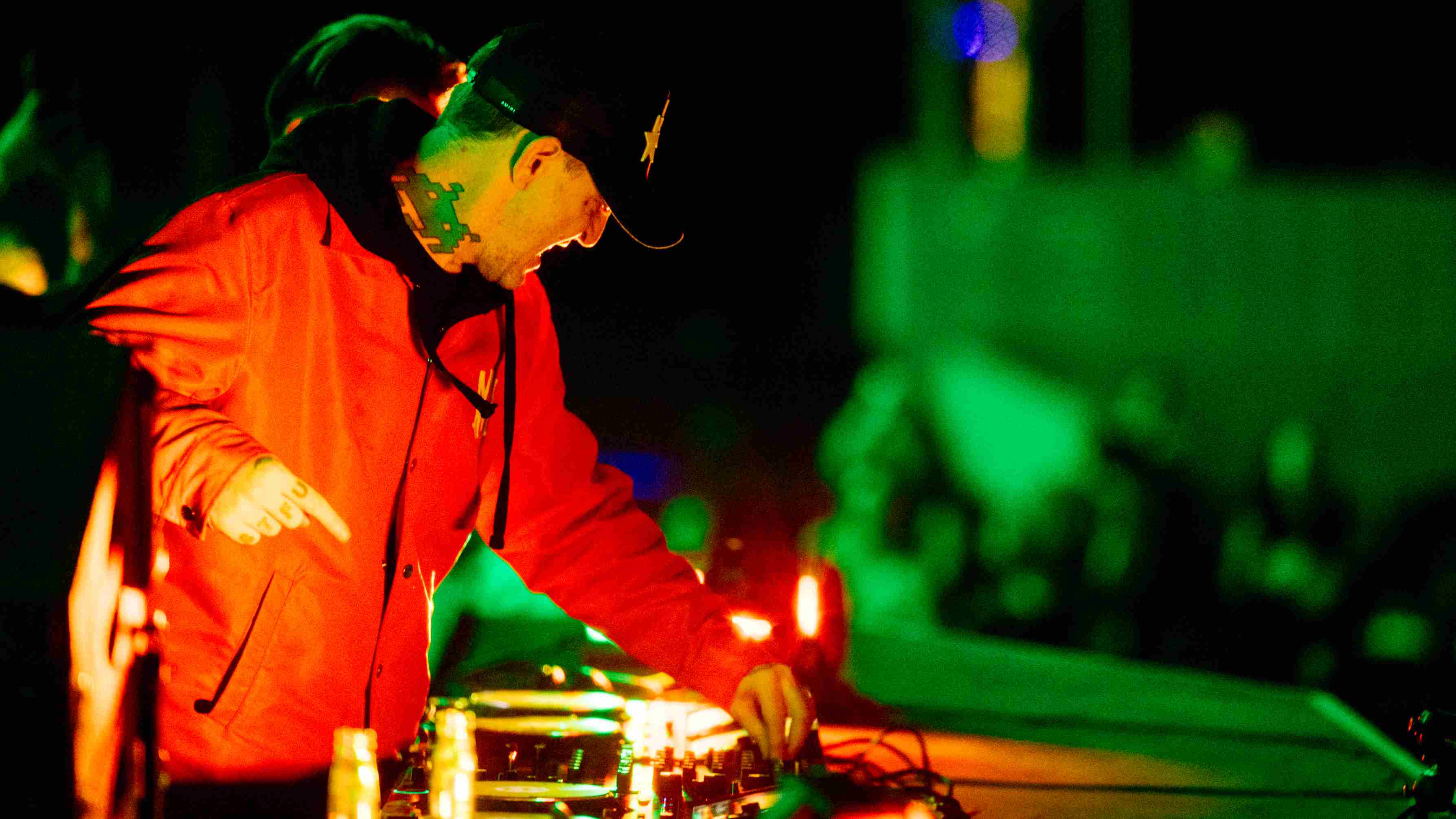10 annoying things we don't miss about old recording studios
Tangled cables, unwanted noise, tuning problems and more

Modern musicians, engineers, and producers go positively gaga over vintage gear. From ancient analogue synthesizers complete with drifting oscillators to archaic tube processors that almost reek of warm dust and dry capacitors, bottling the past is big business. Names long defunct have been resurrected in order to sell us recreations of legendary designs - some astonishingly accurate, others bearing only a passing resemblance to those which once inspired our heroes.
And we eat it up. Bakelite is back and discrete devices dominate discussions among aficionados of all things audio. And why not? Vintage designs offer an instant, easy path to recapturing the sounds of the records we grew up with, and that gives us a sense of accomplishment.
Yet those of us who have been in the game long enough to remember when that stuff was new can tell a different story. Ours is a tale of scratchy pots, misaligned tape machines and constant concessions to the limited technology of the day. Oh, rest assured, we don't disagree that all that old gear is cool - but only as an option! The pre-DAW studio was full of perils the likes of which the modern producer will only ever suffer by choice.
Ours is a tale of scratchy pots, misaligned tape machines and constant concessions to limited technology.
What follows are our ten most frustrating aspects of working in the pre-DAW studio. Space necessitates a truncated list - we could have doubled its number with ease, as could any of the more, erm, 'experienced' readers among you, so feel free to make your own additions to our own takes of woe.
1. The cables
It still astonishes us that there are electronic musicians today who have never used an actual MIDI cable. Nowadays, MIDI data is often transmitted over USB or - gasp! - wirelessly rather than via the once-ubiquitous 5-pin DIN cable. An electronic instrumentalist might need never to buy more than a single USB cable.
The need for audio cables has likewise diminished with tasks that once required racks full of processors now taking place inside the DAW. While microphone and instrument cables are still necessary to record live performances, the desktop engineer can, if he or she so chooses, sidestep the whole tangled mess.
2. The noise
What a noise we made - even when we didn't mean to! We spent a ridiculous amount of the pre-DAW era chasing down noise issues. Noise of all sorts plagued our studios. Every cable, every connection, every device was suspect. There wasn't a link in the signal chain that didn't add unwanted noise. Tape hiss, mains hum and even occasional radio interference as a result of the fact that cables of dubious quality could act as a great big antenna. The noise gate was a fixture and even that added a bit of noise!
Get the MusicRadar Newsletter
Want all the hottest music and gear news, reviews, deals, features and more, direct to your inbox? Sign up here.
Having it all in the box means less noisy gear and less wiring. Less wiring means less chance of a poorly-shielded cable fouling things up. When noise does crop up, we can remove it with noise reduction software that would have seemed miraculous to the engineers of years past.
3. The headroom (or lack thereof)
24-bit recording is not seen as terrifically glamorous - most of us take it for granted - yet it allows a dynamic range that old-timer like ourselves could only dream of in the pre-DAW era.
Back then it was a constant struggle to maintain a balance between high noise floors and low headroom. Quiet signals could sink into the murky haze of tape hiss while loud signals were in danger of overloading any or all of the inputs en route to the recorder.
Thanks to the headroom allowed by modern 24-bit interfaces, today's recordists can record signals at much lower levels and process them after the fact with little fear of bringing up the noise floor.
4. Crawling behind the racks
Oh the joy and simplicity of the virtual rack! No fuss, no muss, and it never runs out of space for more goodies.
It wasn't always so convenient. Studio owners of yore spent an inordinate amount of time crouching behind their studio racks, flashlight in hand. Every new piece of gear meant crawling behind the rack. Selling off an old, obsolete gubbin? Get behind the rack. Pulling a unit for service and maintenance? Behind the rack you go. Heaven help you if you were a lowly intern in a big facility! No one ever let on that knee pads were essential bits of studio kit.
5. Tuning issues
As any vintage synthesizer enthusiast knows, tuning stability is a modern luxury. Yeah, you can wax poetically about the "fat" Moog sound with its drifting oscillators, but while such traits may be a desirable characteristic in today's clinical recording environment, back then it was all we had and, frankly, it sucked. Thanks to the introduction of digitally-controlled oscillators and, eventually, the software synthesizer, tuning quirks are an artistic choice.
It wasn't just the synths that got better. Modern pitch correction tools such as Auto-Tune and Melodyne can snap the wayward notes of any audio recording into pitch, saving time and money for both engineer and client. Sure, these tools can be abused, but they provide us with a choice, and isn't it better to make choices than to tolerate concessions?
6. Maintenance
How much maintenance does your DAW-based studio require? The occasional disk backup and defrag? Annual (usually optional) OS and software upgrades? Heck, most of those things can be done automatically in the background. You can conceivably go months or even years without actively performing any major maintenance.
Not so in the pre-DAW studio. You might not even go weeks or days. Tape machines needed per-session maintenance, and outboard hardware was subject to all manner of failures. Serious studio owners had service techs on speed dial or even on staff to ensure that the equipment was always up and running. This was especially necessary if you had any vintage kit in your racks. It was time consuming and ridiculously expensive.
7. The smell of ferric oxide
Elsewhere we've waxed wistfully about the joys of working with tape. And while we still appreciate its many quirks and qualities, there is much about it that we would gladly forget.
We've dedicated an entire entry to the cost, so let's skip that bit for now. Instead, we'll turn our jaded gaze towards the practical hassles of using tape, like mismatched bias between decks. How about misaligned heads? Or the 'thrill' of waving that damnable demagnetizer wand over the heads, all the while hoping that its powerful magnetic field didn't bork another piece of equipment or corrupt any magnetic media that might be laying around the studio.
And there was the issue of 'sticky-shed syndrome' that plagued entire stocks of tape manufactured by Ampex, Scotch/3M and others. We didn't know it at the time, but these companies coated their product with binders that could eventually break down, releasing the magnetized iron oxide that held our precious recordings. The recordings made on these tapes can now only be (temporarily) rescued by baking them in an oven. Ugh.
8. The tape costs
55 dollars, less tax. That's what a reel of ½-inch Ampex 456 cost when we booked our first recording session. That was a lot of money back then - hell, it's a lot of money today! And for this princely sum, one could manage a little over 20 minutes of recording time - just about an album side, assuming no tape was wasted. If we were being very frugal indeed, we could double the available time by halving the track count and cramming, say, two four-track projects side-by-side on an eight-track machine.
And this was the economical option. Larger facilities offered 1-inch and 2-inch decks, with tape prices (and hourly rates) soaring far beyond the means of any but the well-to-do or label-sponsored. Is it any wonder so many of us tolerated the vastly inferior sound quality of the cassette Portastudio?
9. The cost of everything
Our very first paid recording session took place in a bedroom studio. Our songs were tracked to 1/2-inch tape threaded onto an 8-track deck that cost as much as a decent used car in those days.
The microphone was a dynamic cardioid-only affair - affordable large diaphragm condensers were still more than a decade away. At mixdown, we shuttled the mixer's aux sends out to a pair of Alesis Quadraverbs - some of the only affordable multi-effects units going back then. Most of the big names had yet to see the value in appealing to owners of what would come to be called 'project' studios. And those two Quadraverbs were all we had. One for reverb and one designated for delay, if memory serves. We didn't have the luxury of calling up multiple instances if we needed more.
Today, desktop musos can buy a condenser mic, a tablet computer and all the software you need to finish a song for less than what a day in even the most modest project studio cost back then.
10. The limitations
Yeah, we know we claimed limitations were a boon to old-timers in our list of 10 things that we miss about making music in the pre-DAW age, but it doesn't take much imagination to see the other side of that argument.
It's a cliché, but true nonetheless: today's desktop producers are limited only by their imaginations. A vast number of plugins are available for little or no cost and you can pile on as many instances as you like. You'll likely run out of ideas before you run out of tracks in your DAW.
So yeah, while we do miss some aspects of the old days, we're quite happy to be in the here and now.











